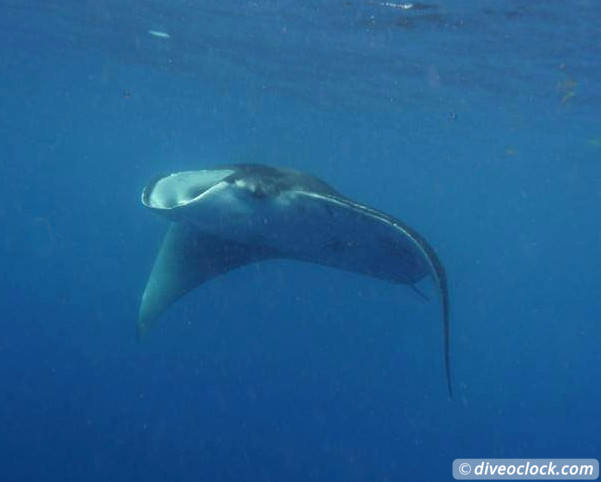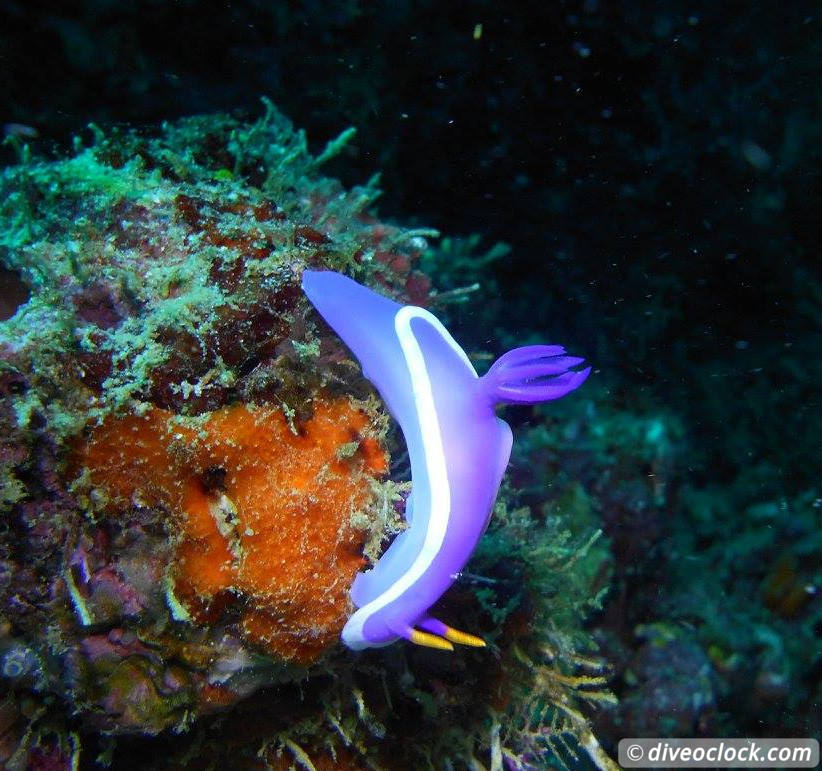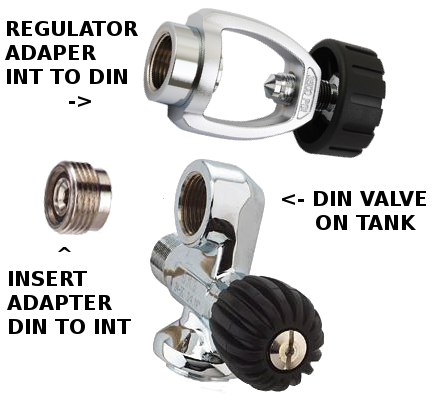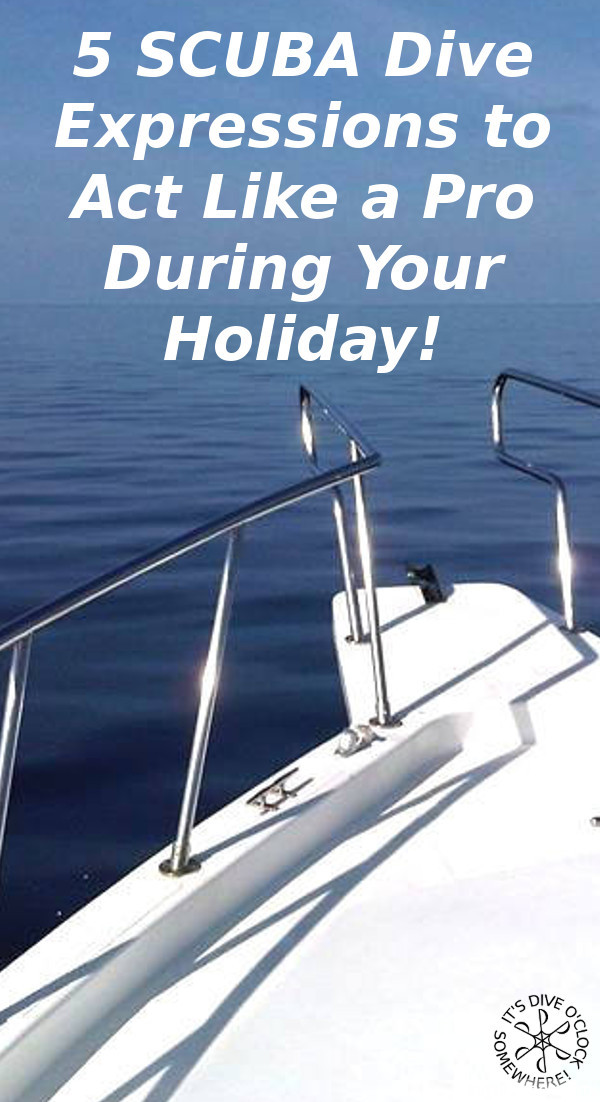
Manta ray in the blue
5 SCUBA Dive Expressions to Act Like a Pro on Your Holiday
When you have booked a dive trip and you are preparing for the dive the pre-dive briefing from your dive guide might get you a bit confused when one of these expressions are used. Impress your buddies with these SCUBA expressions.
Ascent, descent, hovering and equalizing might be words you learned during your dive course long time ago or hear for the first time if the briefing is in English and this is not your first language. But, those words are 'more or less' understandable from the context.Here are 5 SCUBA Dive expressions to act like a pro during your holiday. By explaining these expressions as easy as possible I tried not to get you confused with dive jargon you have never heard of or forgotten all about in the meantime. Use it for your questions afterwards or when you are gearing up and impress your buddies! :)

Colorful nudibranch
What Does Macro Diving Mean?
If your dive guide is telling you the dive site is good for macro, it means - have a close look at the reef for the small stuff. This is the real treasure hunting and many divers love it! You can remember this one by thinking of the macro settings on your camera, for close-ups. Macro life is often very colorful and the animals do not move that fast which makes it ideal for underwater photography.
Nudibranchs, shrimps and frogfish are examples of macro marine life. The term 'muck diving' is a bit similar, this is more about sandy/muddy bottom dwelling for something that's hiding there. For beginners this can be really hard, because their buoyancy is less developed which makes it harder to hover at one spot, move really slow or staying close to the bottom without touching anything or stirring up a cloud of sand.
Seeing Pelagic Species While SCUBA Diving
In short, pelagic species are animals that live in the big blue or open water. It refers to an oceanic zone or water (depth). Pelagic animals do not live on a reef or bottom of the ocean. Tuna, swordfish, whale sharks and manta rays are examples of big pelagic animals, while sardines and herrings are smaller examples that swim in large schools..jpg)
Endemic Maldivian Sponge Snail (Coriocella hibyae)
Searching for Endemic Species While SCUBA Diving
The species that only live where you are diving are endemic, you will not find them elsewhere. On land as well as underwater all types of animals have their specific needs to live their life and reproduce. Meaning you can find specific fish at specific places. You won't find tropical reef fish when diving in the 'cold' waters of the UK for example.
The marine iguanas of the Galapagos or the sting less jellyfish of Palau are endemic species you might have heard before. Just ask your dive guide if there are any endemic species at the dive site for you to explore!
Did you know that over 20% of the fish around Hawaii are considered endemic?Do You Need an Adapter or Adapter Key?

When you set up your equipment and your can not properly attach the regulator to the tank valve (top), you probably have the wrong connection. There are different types of tanks and regulator connections and sometimes you can change the connection from the tank valve to fit your regulator.
A common question on dive trips is: "DIN or INT (International/Yoke)?" Referring to two types of valves. Let's just say if you need to put the end regulator (more of less) into the tank valve, it's DIN. If that is the case you might need a tool to take a part out of the tank valve before you can screw your regulator in. The part you take out is called an adapter, or a insert tank valve adapter, and you can ask for an 'adapter-key' to take the adapter out of the valve.If you face a tank with a whole in it (see illustration) and you can't attach your regulator, it works the other way around - insert an adapter. A third option is when you have a DIN regulator and an INT tank without an inserted adapter. In that case you can attach another type of adapter OVER the whole valve - a regulator adapter.
Another way of knowing if you need an adapter is to check if there's an O-ring in the valve or in the connecting part of the regulator, you need one o-ring for the connection/sealing. There are exceptions, but these are the most common types you will encounter during your holiday.
What Is A Negative Entry When SCUBA Diving?
When there are strong surface currents your dive guide might come up with a negative entry to start the dive. This means you will enter the water and you go down straight away without waiting at the surface. The reason you want to go down straight away is that the current can be so strong it pushes you out of the dive site or away from the group really quick.
Probably the current is too strong for you to swim back to the group as well. Don't be scared - be prepared. This is just to get the best out of your dive and preventing to lose unnecessary air from the tank. You don't want to swim against a strong current or climb back on the boat and jump again.
Often the visibility is good enough to meet at a depth of 5 meters / 15 feet (same as the safety stop) before you start the 'real' dive. The buddy check is very important here, as you can imagine, as well as going in the water at the same time. Your dive guide will explain you HOW to do it, this depends on the type of boat for example.
Founder of Dive O'Clock "It's dive o'clock somewhere!"

Continue reading
Share this page:











